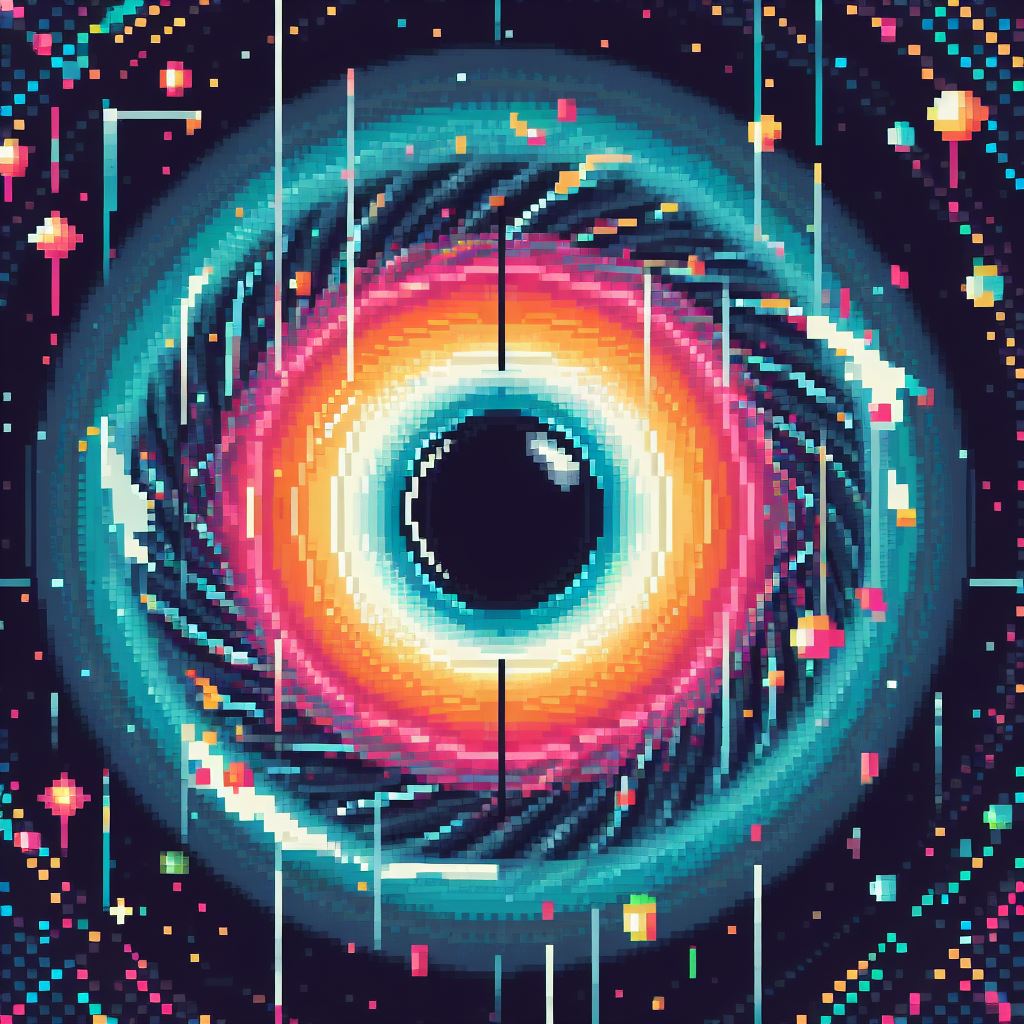In the ever-evolving world of digital art, where high-definition graphics and cutting-edge technology reign supreme, pixel art stands as a charming testament to simplicity and nostalgia. Pixel art, with its roots deeply embedded in the early days of computing, has not only survived but thrived in the face of modernization.
At its core, pixel art is a form of digital art that utilizes small, square-shaped pixels to create images. Think of it as the building blocks of a visual masterpiece, where each pixel serves as a tiny, vibrant brushstroke on the canvas of your screen. This method of artistic expression, reminiscent of 8-bit and 16-bit video games, has found its way into contemporary design and animation.
One of the most enchanting aspects of pixel art is its ability to evoke a sense of nostalgia. Imagine the familiar jingles and bleeps of classic video games from the 80s and 90s – that’s the soundtrack to a pixelated world. The deliberate limitation of pixels becomes a creative constraint, forcing artists to rely on ingenuity and precision. This restriction, however, is not a hindrance but a catalyst for creativity.
Pixel art’s simplicity doesn’t equate to a lack of complexity. Quite the contrary, as artists masterfully utilize limited pixels to convey intricate details. It’s akin to crafting a mosaic, where each pixel plays a crucial role in forming the bigger picture. The pixelated aesthetic transcends mere nostalgia; it’s a deliberate choice, an intentional step away from the hyper-realistic visuals that dominate contemporary digital art.
In the world of pixel art, every pixel matters – much like the pixels in our memories, forming the tapestry of our past. Consider a pixel as a pixelated memory, a fragment of time frozen in the digital realm. The deliberate choice of pixelation becomes a metaphor for the selective, sometimes hazy, recollection of our fondest moments.
Pixel art is not confined to the realms of video games. It has become a staple in digital design, animation, and even advertising. Its timeless appeal and ability to captivate audiences across generations make it a versatile tool for conveying messages and emotions. The intentional pixelation serves as a visual filter, allowing the audience to focus on the essence of the artwork rather than getting lost in the details.
Despite its seemingly simplistic nature, pixel art is a testament to the enduring power of creativity. It’s a reminder that innovation doesn’t always mean bigger and better but often involves finding beauty in constraints. Pixel art is a medium that thrives on limitations, turning them into strengths.
In conclusion, pixel art is more than just a visual style; it’s a journey back in time, a celebration of simplicity, and an ode to creativity within constraints. In the ever-accelerating world of digital advancements, pixel art stands as a charming, pixelated rebel, reminding us that sometimes, less truly is more.
Pixel art has transcended its origins in the gaming industry, finding versatile applications across various sectors. Here are examples that showcase the widespread use of pixel art:
Gaming Industry:
- Example: Indie game developers often leverage pixel art to create visually appealing games with a retro aesthetic. Titles like “Stardew Valley” and “Undertale” have gained immense popularity due to their charming pixelated graphics, proving that pixel art can offer a unique and captivating gaming experience.
Digital Design and Branding:
- Example: Companies looking to infuse a sense of nostalgia and uniqueness into their branding might adopt pixel art in logos and promotional materials. This can create a distinct visual identity, making the brand memorable and appealing to a broad audience.
Animation and Cartoons:
- Example: Animated series like “Pixel Art Adventures” and “Bee and PuppyCat” showcase how pixel art can be used to bring characters and stories to life. The deliberate pixelation adds a layer of charm, making these animations stand out in a crowded market.
Educational Apps:
- Example: Educational apps targeting children often use pixel art to create engaging and visually stimulating interfaces. The simplicity of pixel art can enhance the learning experience, making it more accessible and enjoyable for young users.
Web and App Development:
- Example: Web and app developers integrate pixel art into user interfaces and icons to provide a distinct and memorable user experience. Pixelated icons can be more visually appealing and user-friendly, contributing to a cohesive design language.
Pixel Art in Advertising:
- Example: Advertisers looking to evoke a sense of nostalgia or capture attention may incorporate pixel art into their campaigns. Whether in print or digital formats, pixel art can convey a brand’s message in a visually striking and memorable way.
Virtual and Augmented Reality (VR/AR):
- Example: Pixel art is making its mark in VR and AR applications. By combining the charm of pixelated graphics with immersive technologies, developers create unique and visually captivating experiences, breaking away from the hyper-realistic norms.
Pixel Art in Social Media:
- Example: Social media platforms, like Instagram and Twitter, see the use of pixel art in profile pictures, banners, and emojis. This form of self-expression adds a touch of individuality to user profiles and stands out in a sea of high-definition images.
In each of these examples, pixel art serves as a creative and intentional choice, enhancing the visual appeal and leaving a lasting impression on audiences across various sectors.
